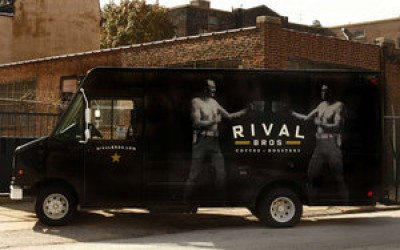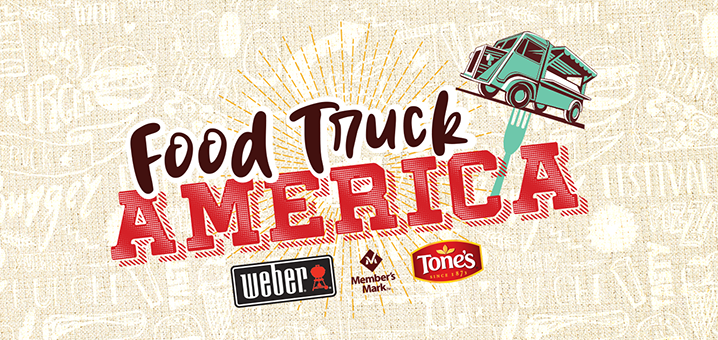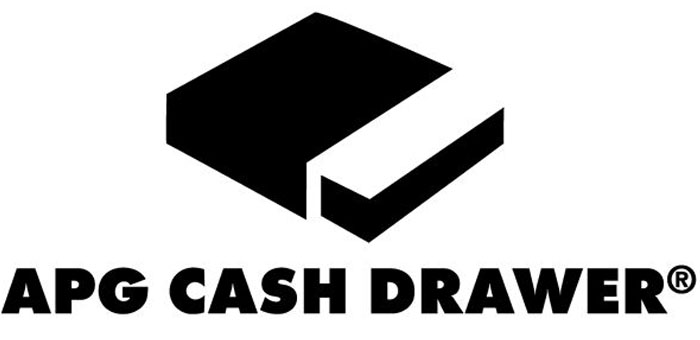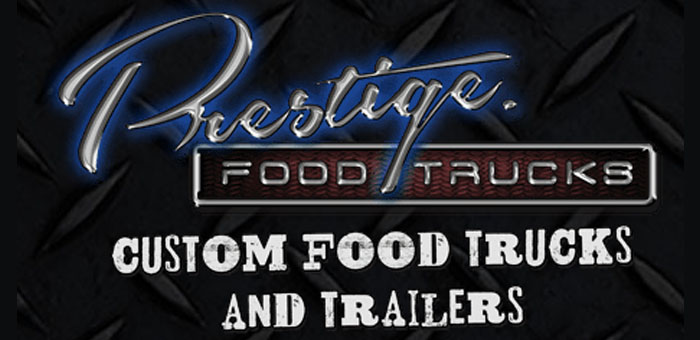PHILADELPHIA, PA – The design came to her in a dream. Just as Keith Richards came up with the riff to “Satisfaction” in his sleep, Cupcake Lady Kate Carrara woke up one Sunday in 2009 and quickly grabbed crayons to record her vision of a cupcake truck. When she brought the drawing of the white box truck sprinkled with giant jimmies and lined with a metal flounce to a car detailer, he said he could do everything except the giant cupcake springing from the roof. “Go under an overpass and you’ll knock that thing right off,” she remembers him saying. “He was right,” she adds. “That cupcake would have been toast.”
Aesthetic concerns about trucks’ exteriors are a new development in the world of food trucks. For the most part, those launched before 2009 can’t be found on Twitter. The owners of the old quilted stainless steel trucks are not concerned about a “wrap,” the printed vinyl skin that envelopes some of the newer vehicles. The shift has been swift and dramatic. Like Carrara with her Buttercream Cupcake, many truck owners treat their vehicles like mobile ads.
The tipping point in the growing focus on food-truck design may have come in fall 2010 when architect Jennifer Siegal taught a course at the University of Southern California on solutions for “the deployable free-range cuisine truck culture.” One of her students envisioned a vehicle with retractable legs that shoot up so the mobile cart could straddle and scoot over cars to deliver fresh doughnuts and coffee to captive commuters. That scheme is still more sci-fi than reality, but Jonathan Adams and Damien Pileggi upped the ante locally when they transformed an old DHL truck into Rival Bros., a deluxe coffee shop on wheels, this year and hired Red Tettemer to do the branding.
Creative director Todd Taylor listened to their influences – westerns, Americana, and rock-and-roll – and came back with the name Rival Bros., and a vintage image of two boxers with coffee mugs in place of gloves. The team kept the truck’s design simple to set it apart from its visually busy colleagues, and considered details that influence the user experience. Customers are greeted with a menu framed in reclaimed wood and speakers playing rock-and-roll or blues.
Find the entrie article by Caroline Tiger for philly.com <here>




